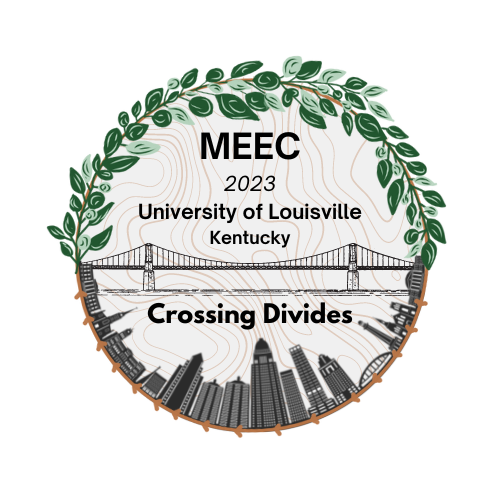Submission Type
Oral Presentation
Abstract
Prescribed fire is a tool commonly used in land management to decrease wildfire frequency and promote plant diversity. However, the effects of prescribed fire on invertebrate communities, especially those within temperate deciduous forest, are poorly understood. We measured the response of epigeic ant communities in mixed mesophytic forest in Berea, Kentucky following prescribed burning. We used pitfall traps to repeatedly sample epigeic ants in replicate burned and unburned plots for up to 21 months postburn following two separate (2021 and 2022) prescribed fires. Ant species richness was similar between treatments (burn vs. control) and by burn year. Ant community composition generally differed between treatments and across years but was similar between the paired 2022 burned and unburned plots, probably due to the low intensity of that burn. The results of this study indicate that epigeic ant communities in an eastern deciduous forest are altered by prescribed burning, and do not return to normal activity levels after 1-year post-burn. Additional experimental studies are needed to determine the effects of fire intensity and frequency on ant assemblages in this setting.
Included in
The effects of prescribed fire on ant community composition in a temperate deciduous forest
Prescribed fire is a tool commonly used in land management to decrease wildfire frequency and promote plant diversity. However, the effects of prescribed fire on invertebrate communities, especially those within temperate deciduous forest, are poorly understood. We measured the response of epigeic ant communities in mixed mesophytic forest in Berea, Kentucky following prescribed burning. We used pitfall traps to repeatedly sample epigeic ants in replicate burned and unburned plots for up to 21 months postburn following two separate (2021 and 2022) prescribed fires. Ant species richness was similar between treatments (burn vs. control) and by burn year. Ant community composition generally differed between treatments and across years but was similar between the paired 2022 burned and unburned plots, probably due to the low intensity of that burn. The results of this study indicate that epigeic ant communities in an eastern deciduous forest are altered by prescribed burning, and do not return to normal activity levels after 1-year post-burn. Additional experimental studies are needed to determine the effects of fire intensity and frequency on ant assemblages in this setting.



Comments
Kane Lawhorn, Department of Biology, University of Louisville
Abigail Nienaber, Department of Biology, University of Louisville
Stephen Yanoviak, Department of Biology, University of Louisville